Printed Matter
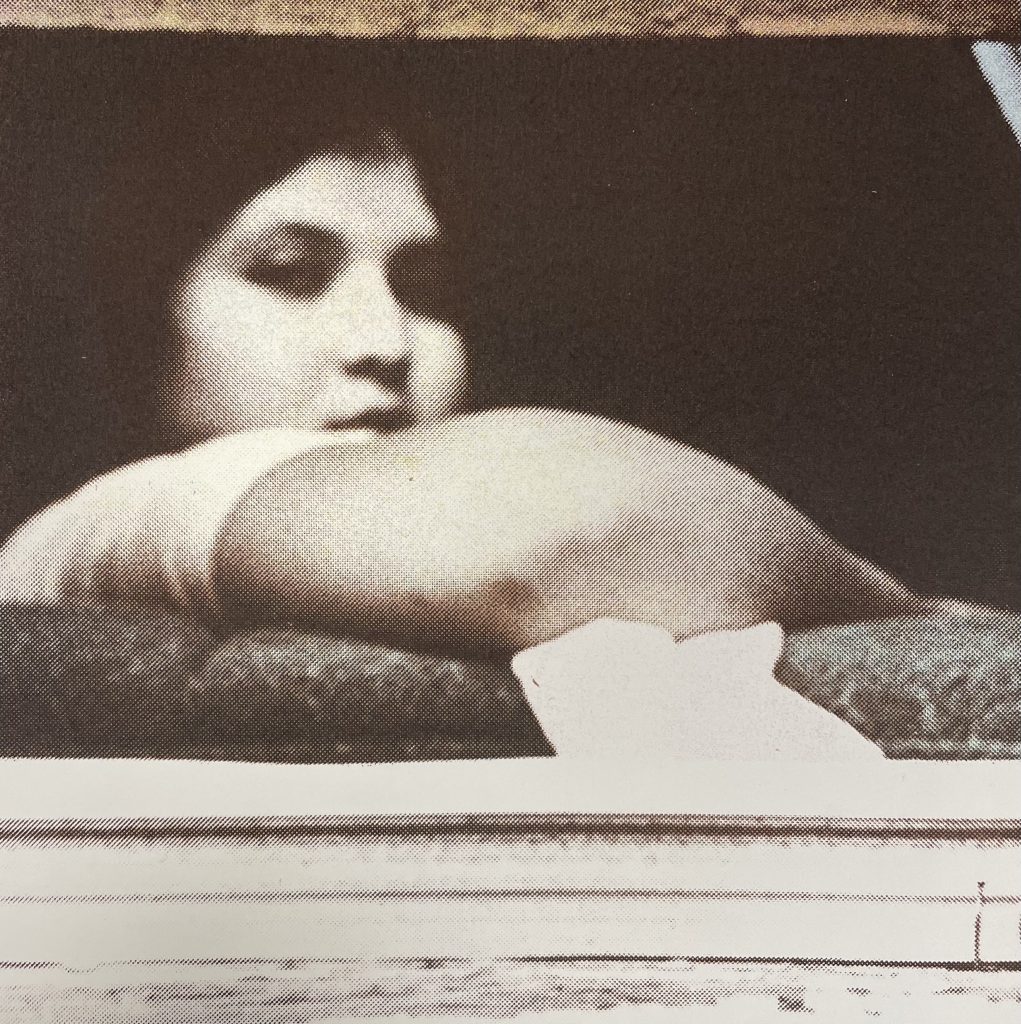
Printed Matter
Delano Garcia, Diego Garcia, Isabel Hees, Malcolm King, Jesse Littlebird, Delilah Montoya, Henry Morales, The Mobile Abolition Library
Exhibition: March 8 – 29, 2024
Opening Reception: Friday, March 8, 5-8 pm. Live printing throughout the evening.
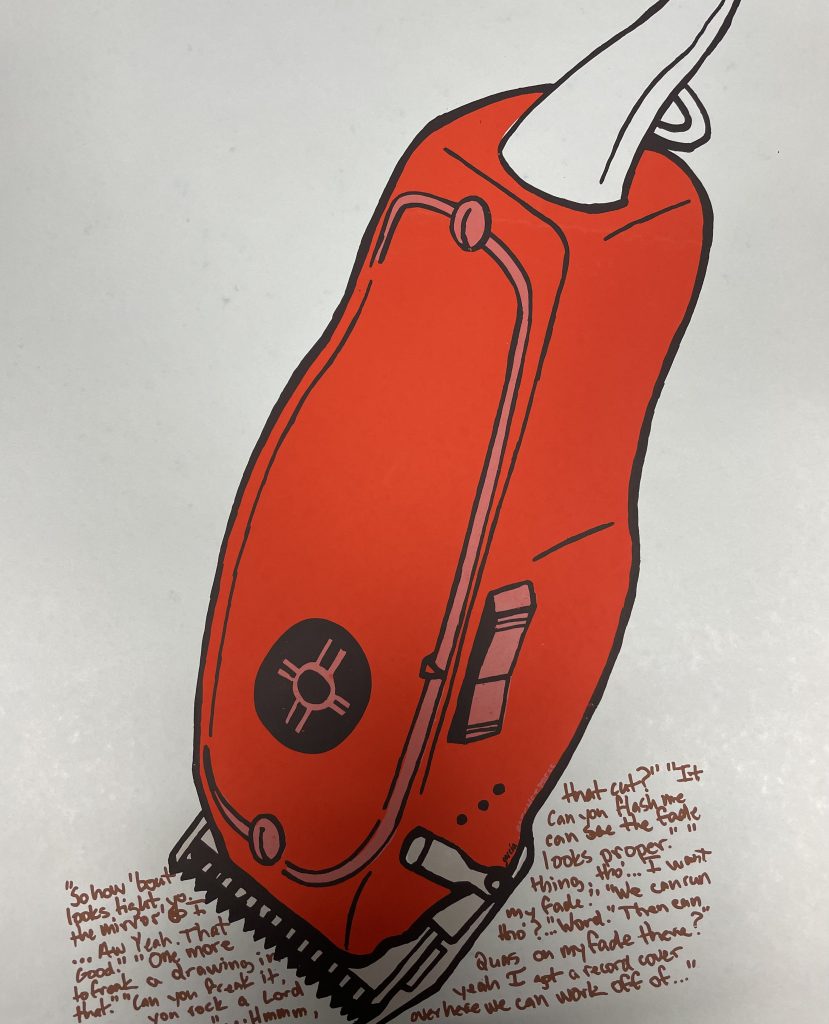
Sanitary Tortilla Factory is pleased to present Printed Matter, a group exhibition organized by Diego Garcia. Showcasing the diverse talents of artists shaping the creative landscape of Albuquerque, this collection of prints delve into the rich world of print media. From traditional printmaking like screen printing, silkscreen, and serigraphs to non-traditional print techniques, Printed Matter offers an exploration of the myriad mediums utilized by today’s artists. Join us for the opening reception, where throughout the evening live printing will infuse the space.
Image left: Diego Garcia, The Aces detail, silkscreen poster series
One Day Closer to Home
One Day Closer to Home
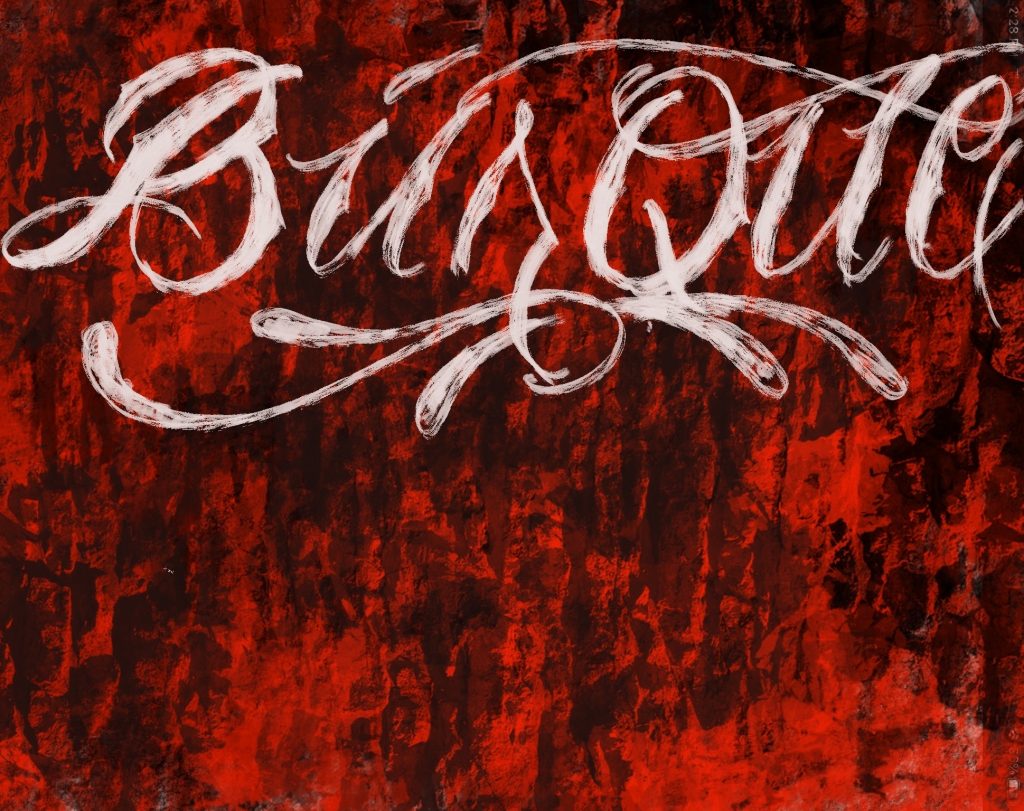
Students from the Metropolitan Detention Center and Gordon Bernell Charter School in collaboration with Juli Cobb, Amanda Dannáe Romero, sheri crider, and Working Classroom
February 9, 2024 – February 23, 2024
Opening Reception: Thursday, February 15, 4:30 – 6:30 pm
Sanitary Tortilla Factory is proud to present One Day Closer to Home, an exhibition celebrating the artwork, music, and writing made by students at both the Metropolitan Detention Center and Gordon Bernell Charter School (GBCS), facilitated by Amanda Dannáe Romero and sheri crider as part of the year-long residency partnering with Artists at Work & THE OFFICE Performing Arts + Film in New York along with the City of Albuquerque Department of Arts & Culture and Sanitary Tortilla Factory (STF).
Romero was one of four Albuquerque artists selected for the Artists at Work Artist Residency in the New Mexico Borderlands Region cohort for 2022-2023. As part of the residency, Romero was paired with a Cultural Organization, City of Albuquerque Department of Arts and Culture) and a Social Impact Initiative partner, the Sanitary Tortilla Factory. Throughout her year-long residency, Romero has worked with sheri crider at STF and the visual arts teacher, Juli Cobb at Gordon Bernell Charter School to develop and facilitate arts and music programming for students at the Metropolitan Detention Center and students at the GBCS North Fourth campus. This exhibition is a culmination of some of the work created throughout this residency. It explores questions and ideas related to social justice, the negative impact of the carceral system, identity, what it means to be ‘home’, and how one can be authentically involved with and supported by their community.
Romero and crider collaborated with students in the detention center on various workshops that included writing music and lyrics, music production and recording, writing and illustrating zines, drawing, portraits, and photography. This space for self-expression gave students a platform to share their stories and experiences not only about being incarcerated, but about who they are as people. The Gordon Bernell Charter School North Fourth campus offers dynamic, flexible academic programs for students.
Romero and crider will continue to offer this programming along with developing additional initiatives that include system impacted communities. This will be integrated into Sanitary Tortilla Factory’s ongoing framework and organizational capacity as artist and community advocates. They both look forward to engaging with other system-impacted populations through their programming and to continue to advocate for creative expression for those who are inside the system and create sustainable connections during the transition out of incarceration.
Mobile Abolition Library Book Drive
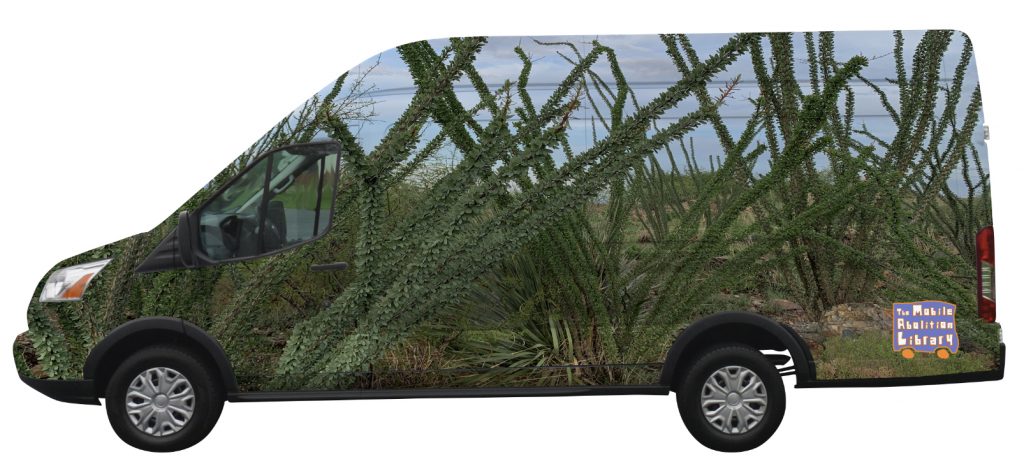
Mobile Abolition Library Book Drive
Friday, December 8th, from 5-8pm,
Sanitary Tortilla Factory
401 2nd St SW Albuquerque, NM 87102
In an ode to generosity and the pursuit of abolition, the Mobile Abolition Library announces a Book Drive, will be held at Sanitary Tortilla Factory on Friday, December 8, from 5-8pm. This initiative aspires to provide multiple copies of books to readers and communities. Bring a book thats on our list or purchase one at the Book Drive to contribute to our library. On view will be the two-person exhibition, Divine Immanence, embarks on a profound exploration of identity, and spirituality through photographic works by Apolo Gomez and Delilah Montoya. This exhibition challenges preconceived notions of heaven, female archetypes, and the queer experience through photography. Sanitary Tortilla Factory is pleased to announce the exhibition has been extended and will be on view through the end of December.
The Mobile Abolition Library is a groundbreaking initiative challenging one-sided narratives surrounding crimes and punishment. This portable library boasts a collection of three hundred books, abolition-centric zines, an abolition seed library, and a digital portrait archive housing incarcerated narratives. Its mission is to transform public spaces into vibrant platforms that amplify marginalized voices while fostering nuanced discussions to envision a more just future.
Bookworks, an esteemed local independent bookstore in Albuquerque, graciously joins hands as our partner for this commendable endeavor. Authors, book enthusiasts, and Abolitionists globally are encouraged to engage by purchasing books for the traveling library.
This ambitious project is the brainchild of the collaborative efforts of sheri crider, Bernadine Hernández, Apolo Gomez, and Martín Wannam, all members of the FRONTERISTXS Collective in Albuquerque, New Mexico. Housed within a specially designed and crafted Ford E Transit, the Mobile Abolition Library is a living archive, encapsulating stories and experiences from impacted communities, migrants, formerly incarcerated individuals, and their families. The youth artist Anjelica Abeita (Zia Pueblo) spearheads the digital portrait archive.
The Mobile Abolition Library strives to challenge societal norms and narratives through education, representation, and community engagement. Join us in reshaping the narrative towards a more equitable and inclusive society.
Key supporters: Art for Justice Fund, Bookworks and ACLU New Mexico.
Divine Immanence
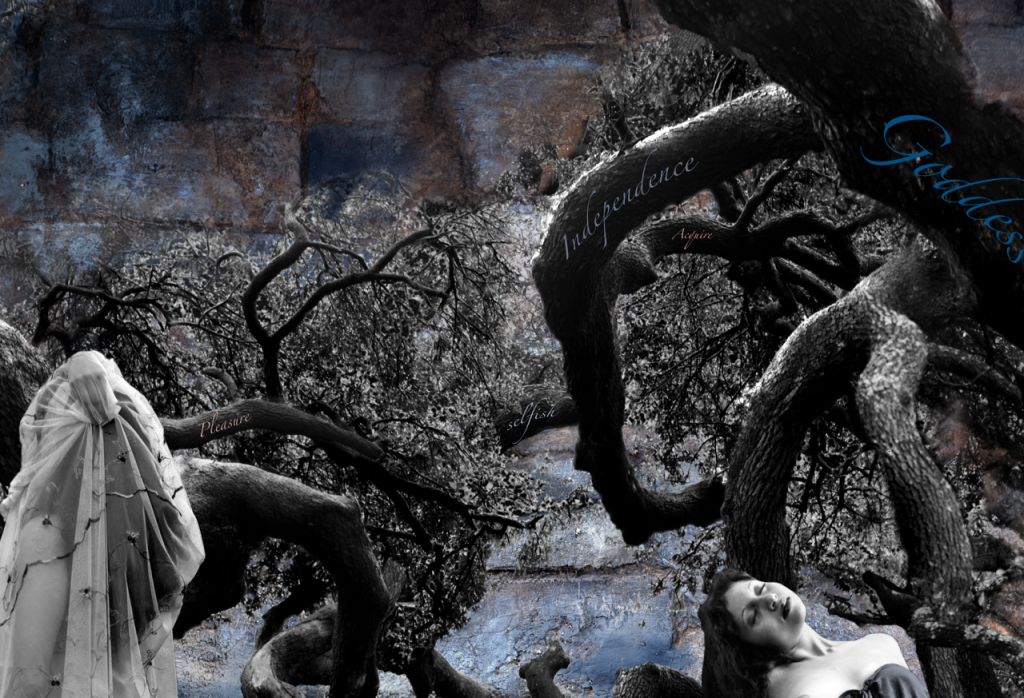
Divine Immanence
Apolo Gomez and Delilah Montoya
November 10 – December 30, 2023
Opening Reception: Friday, November 10 from 5-8 pm
Sanitary Tortilla Factory is proud to present Divine Immanence, a two-person exhibition that embarks on a profound exploration of identity, and spirituality through photographic works by Apolo Gomez and Delilah Montoya. This exhibition challenges preconceived notions of heaven, female archetypes, and the queer experience through photography.
Delilah Montoya’s “La Llorona in Lillith’s Gardens”is a mesmerizing photographic mural that reimagines two archetypal figures, Lillith and La Llorona. Traditionally portrayed as evil spirits, these women have been used to prescribe societal norms for women’s behavior. Montoya’s work provocatively challenges these traditional double standards, infusing these female archetypes with new and empowering meaning.
Gomez’s exploration of spirituality, body, and queerness, in his work creates a compelling dialogue with Montoya’s ability to challenge reimagine archetypal figures. Together, their works collectively challenge viewers to consider the multifaceted nature of identity.
Artist Bios:
Apolo Gomez was born in Austin, TX, and is a queer Chicanx visual artist based in Albuquerque, New Mexico. Now in remission after overcoming a bout with lymphoma, Apolo started photographing and began capturing portraits of his friends and important people in his life. His interdisciplinary practice, encompassing photography and installation, explores themes of person hood, queerness, desire, loss, and their Latinx identity. Gomez’ work has been exhibited at notable venues including the Colorado Photographic Arts Center in Denver, CO, the Nevada Museum of Art in Reno, NV, and the National Hispanic Cultural Center Art Museum in Albuquerque, NM. His work has also been published in I-D magazine, Southwest Contemporary, and Elephant magazine. Gomez is represented by Kouri + Corrao Gallery in Santa Fe, NM, and currently serve as a Studio Assistant for artists Judy Chicago and Donald Woodman
Delilah Montoya is a self-identified Chicana artist, works and lives in New Mexico. As an activist artist, she poses herself questions about identity, power, land, borders, gender, community, family. She is an investigator of histories and lives; her primary subject is the human condition through time and territory as expressed through the lens of being a mestiza, a Chicana, someone who claims a hybrid identity. Delilah’s work is in the Los Angeles County Museum of Art; Los Angeles, CA; Houston Museum of Fine Art; Houston, TX; National Mexican Museum; Chicago, Ill.; The Bronx Museum, Bronx, NY; Albuquerque Museum and the Smithsonian Institute; Washington DC. Her awards include the USLAF Latinx Fellowship, Artadia Award and the Richard T. Castro Distinguished Professorship. She is a professor emerita from the University of Houston, College of the Arts.
Mobile Abolition Library
sheri crider in collaboration with FRONTERISTXS

The Mobile Abolition Library will house a collection of 300 books, zines, video portrait archive of incarcerated narratives and an abolition seed library. We are excited to partner with Book Works to community source the physical books for the library. In the spirit of generosity and abolition, we hope to have multiple copies of books to leave with readers and communities. Readers, bibliofiles and book lovers, world wide are encouraged to purchase the books for the traveling library. There are multiple other ways you can be involved. Please scroll to bottom of the page for more details on becoming a library funder or supporter of this project.
The library will be a site to reflect on ways we can re-imagine our current world of surveillance, policing, punishment, and care between communities. The Mobile Abolition Library will be housed in a Ford E-Transit designed and built out by a coalition of system impacted youth and adults coordinated by Art for Justice fellow sheri crider. The van will be an ongoing project in coordination with state wide exhibitions centered on criminal justice reform in 2026 at Site Santa Fe, University of New Mexico Art Museum and New Mexico State University Art Museum. Sanitary Tortilla Factory will additionally host Daniel McCarthy’s, Section of Disapproved Books (this exhibition highlights censored books in the prison system) in conjunction with this initiative.
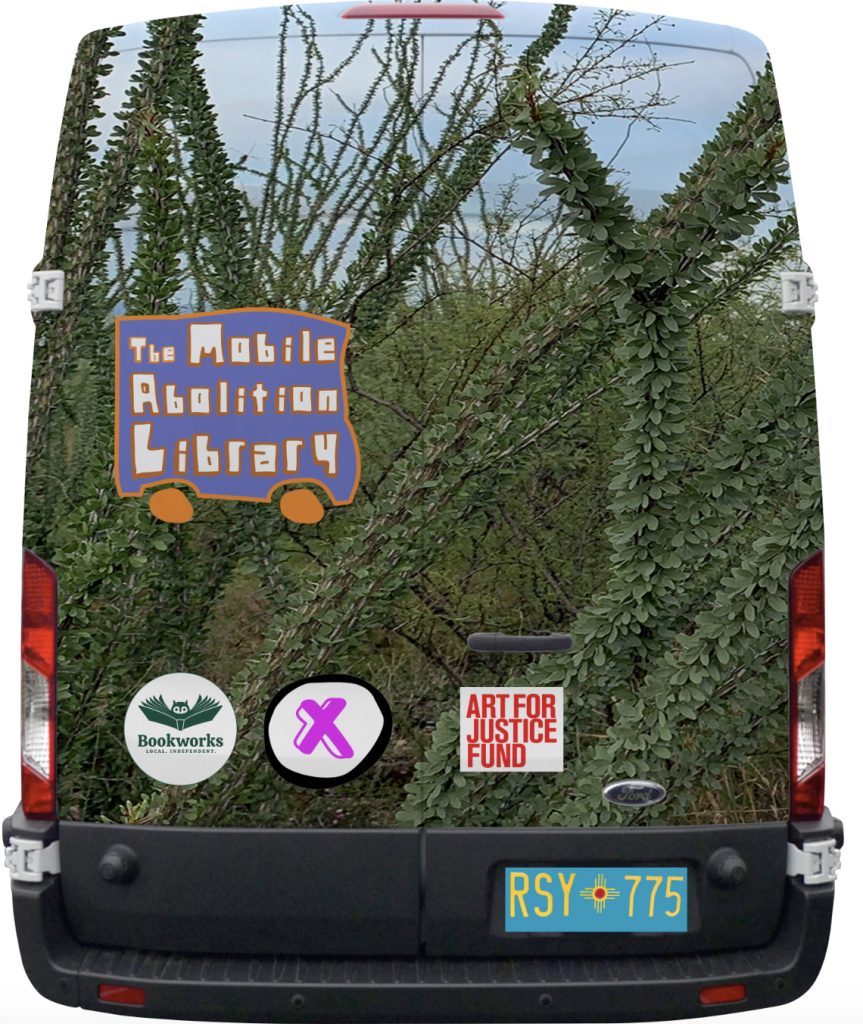
The project is an ongoing collaboration between sheri crider and Bernadine Hernández, Apolo Gomez, Martín Wannam, and the members of FRONTERISTXS Collective. The project has an ambitious mission to visit key sites in New Mexico and the western US in the next three years. Several community and library spaces are confirmed for 2024 – South Valley Library, Columbus Village Library and the Santa Fe Public Library. It is also the projects intention to travel to rural Migrant Detention Sites and Jails and Prisons (Grants, Cibola, Otero, Las Cruces, amongst others) and organize pop ups in the communities most affected by mass incarceration.
New Mexico is significantly impacted by the prison and migrant detention industrial complex, with New Mexico incarcerating its people at a rate 18.7 percent higher than the national rate. New Mexico also relied heavily on private prisons more than any other state: 43 percent of people incarcerated in New Mexico are in private prisons, compared to the nationwide percentage of 8.5 percent. In 2017, 73 percent of all people in immigration detention facilities in New Mexico were confined to privately run facilities. While publicly run prisons are harsh and also problematic, New Mexico’s unique position with the private run facilities lack oversight, which makes conditions in these detentions, prisons and jails deplorable with more known health violations, exploitative labor conditions, physical abuse, higher use of solitary confinement, and more limited legal resources.
FUTURE LOCATION OF LIBRARY FUNDER LINK to purchase books for the library AND THE 300 BOOK LIST!!! PLEASE CHECK BACK SHORTLY !!!


